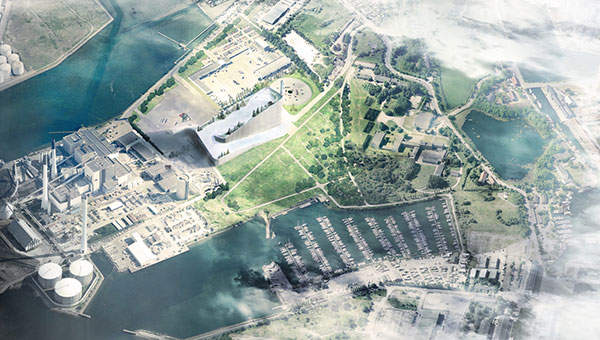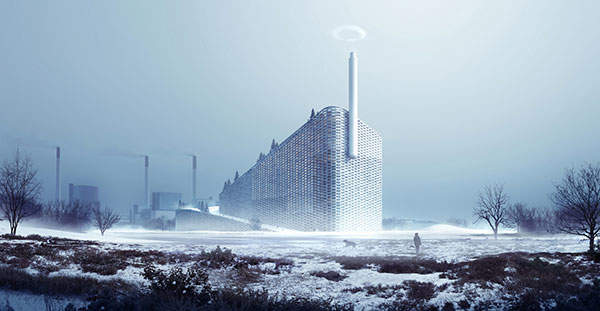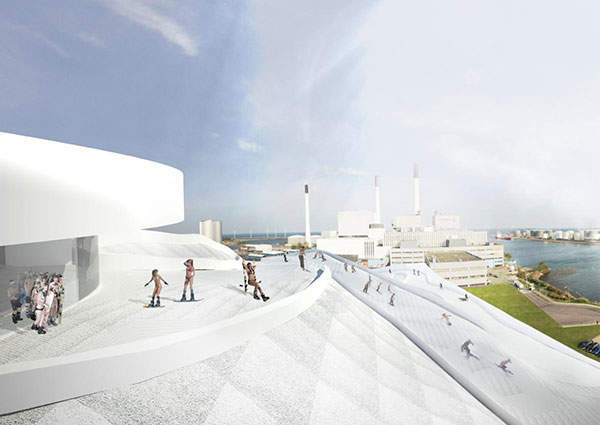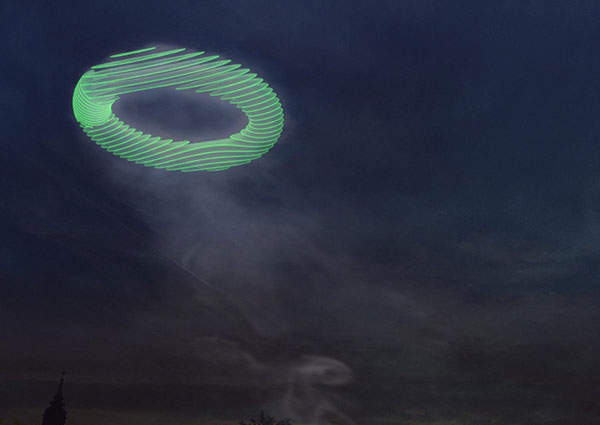The Amager Bakke combined heat and power (CHP) complex has been built in the outskirts of the Danish capital Copenhagen. It is one of the largest waste-to-energy plants in northern Europe. The complex also serves a recreational and an environmental education centre.
The €470m ($611m) innovative project was developed by the Copenhagen-based waste management company Amager Ressourcecenter (Amagerforbraending). Amager Ressourcecenter is jointly owned by five Copenhagen-area municipalities, namely Dragør, Frederiksberg, Hvidovre, Copenhagen and Tårnby.
The new facility replaced the adjacent 45-year old waste-incineration plant, which generated heat and electricity for 150,000 households. It has the capacity to treat 400,000t of waste annually to produce electricity and heat for 150,000 homes in Copenhagen.
The waste-to-energy plant is equipped with the latest waste treatment technologies for greater efficiency and better environmental performance. The plant also features a ski slope on its roof to offer recreational facilities for the city residents. Built with an investment of $12.2m, the ski slope was opened in October 2019.
The construction of the waste-to-energy project started in March 2013, and was completed in 2017.
Energy efficiency and environmental benefits
The Amager Bakke waste-to-energy plant burns waste collected from 500,000 – 700,000 inhabitants and 46,000 companies in and around Copenhagen. Designed to utilise 100% energy content of the waste, the plant achieved an energy efficiency of 107%.
The plant has more than 25% more energy output than the old plant, which is Europe’s oldest waste-to-energy plant. It generates steam at a temperature of 440°C and with a pressure of 70 bars, doubling the electrical efficiency compared to the old plant.
The total quantity of wastes and biomass burned was 357,000t and 443,000t in 2017 and 2018, respectively. The total energy production stood at 900,000 MWh and 1,259,000MWh in 2017 and 2018, respectively.
The use of stone wool has allowed temperature regulation, flood defences and economic viability for the project. The stone wools are mostly used around the pipes.
Technology at the Danish waste-to-energy plant
The facility includes two furnace lines connected to a boiler and a joint turbine and generator system. Each fuel line has a capacity to burn 35t of waste an hour.
The waste is lifted through a crane and fed to a double lane combustor grate with the use of a hopper. The plant uses Babcock & Wilcox Vølund’s advanced combustor grate, called DynaGrate. It is a water-cooled combustor grate resembling a staircase. The grate bars are alternately arranged and are mounted on shafts to optimise the agitation of fuel bed.
The mechanical design of DynaGrate offers optimised combustion of the waste fuel with its capacity to process a variety of waste materials, including metal. It also reduces maintenance cost with its wear zone consisting of steel tubes. In addition, the movable grate parts do not come in contact with each other, which further reduces the maintenance costs.
The plant uses flue gas condensation technology to optimise the heat production. An electrostatic precipitator (ESP) is used to catch the particles in the flue gas. A flue gas cleaning technology, called selective catalytic reduction (SCR), is also installed to reduce the NOx emissions.
The smoke plumes of the plant are released in giant 30m smoke rings and each ring is blown as a visual spectacle for releasing every single tonne of fossil CO2. Amager Bakke plant curbs 100,000t of CO2 emissions a year and allows Copenhagen to reuse 90% of its metal waste.
In addition, the flue gas condensation enables the plant to recover 100 million litres of water and reuse 100,000t of bottom ash as a road material.
CopenHill ski slope
The project aims to promote environmental sustainability as well as technological and architectural advancements. Designed by SLA, the CopenHill’s rooftop is made as a downward slope. The state-of-the-art urban architecture makes the project economically viable and attracts tourists.
The ski slope offers recreational facilities such as artificial skiing slope, a running path, an 80m-high artificial climbing wall, which is the tallest artificial climbing wall in the world, a café, and a grove of trees.
Contractors involved with the Amager Bakke CHP
BIG-Bjarke Ingels Group is the architect of the Amager Bakke waste-to-energy plant. The rooftop of the waste-to-energy plant has been designed by a Danish architectural lab, SLA.
MOE were the engineering consultants and manager for the construction site. Other contractors involved in the structural designing of the new plant include Topotek/Man-Made Land and AKT.
Realities:united provided the smoke ring generator, while the contract for building steel was awarded to Züblin Stahlbau. Ramboll was involved as the owner’s engineer provided planning and commissioning services.
Stone wool used in the plant was supplied by Rockwool International, a manufacturer of mineral wool products.
B&W Vølund was awarded a contract worth $170m in October 2012 to design and supply the firing equipment, combustion and energy control system and environmental equipment. The company also provided the DynaGrate, boiler, slag and ash-handling equipment, as well as environmental equipment, such as ESP and SCR.
In February 2013, NCC was awarded a $39.32m contract to carry out construction works (silos, earth and concrete works) of the new plant. The total contract value may reach $48.29m with possible additional construction works assigned to NCC in future.
Related content
Horns Rev Offshore Wind Farm, Denmark
The 160MW Horns Rev (Horns Reef) offshore wind farm has 80 turbines off the west coast of Denmark’s Jutland peninsula.
Anholt Offshore Wind Farm, Denmark
Anholt Offshore Wind Farm is a large-scale wind farm being built between Djursland and the island of Anholt in the Kattegat.







.gif)
